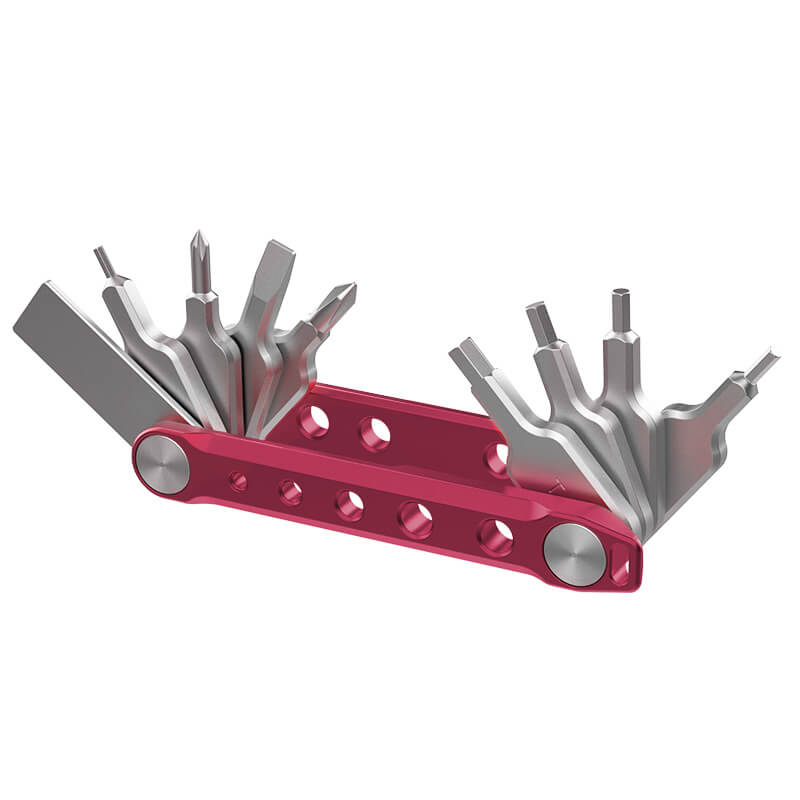A monopod is a handy tool for photographers and videographers who want extra stability without the bulkiness of a tripod. It looks like a simple pole that holds your camera, and it's perfect for those moments when you're on the go. This blog will explore the proper use of a monopod and provide valuable tips. Read on to discover how this simple yet powerful tool can elevate your visual storytelling!

3 Basic Steps of the Monopod Setup
Although setting up a monopod is quite simple, it is crucial to do it right if you want your photography or videography to turn out as good as possible.
Extend the Legs of Monopod

Start by extending the sections of the monopod to your desired height. Most monopods have adjustable segments, so think about your shooting position and what type of shot you want. Ideally, the camera should be at eye level for portraits or adjusted lower or higher for landscapes.
Secure the Sections

After setting the height, be sure to lock each section of the monopod securely. Depending on your model, this may involve twisting locks or using lever mechanisms. A well-secured monopod helps prevent any accidental collapses, which could lead to missed shots or even damage to your camera. Try to give each section a gentle tug after locking it to ensure everything is secure and ready for action!
Attach the Camera

Now it's time to attach your camera. Most monopods have a mounting plate that keeps your camera secure. Simply screw your camera onto the plate and make sure it's tightly fastened to prevent any wobbling. A loose connection can lead to shaky shots or blurred images, so double-check that it's snug. If your monopod has a quick-release feature, ensure it clicks into place for easy attachment and detachment.
7 Techniques for Effective Monopod Use
Mastering the basic setup of your monopod is just the starting point. To truly unlock its potential, you need to learn effective techniques.
Remain Stable Stance

To provide a firm foundation, place your feet shoulder-width apart. In addition to helping to balance the monopod, this placement reduces the possibility of camera shake caused by moving your weight. Consider your body as an integral component of the monopod system; your shots will be steadier the more balanced you are.
Tilt Slightly for Smoother Shots
It is better to slightly tilt the monopod when using it than to hold it absolutely vertical. You can create the illusion of a tripod by tilting the monopod either toward or away from your body, with your body serving as one of the legs. This simple adjustment helps you capture smoother images while making good use of the monopod's height adjustments.
Use Your Body for Support

Another important part is to use your body for additional support. Pressing the monopod against your body or tucking your elbow close to your side provides further stability. This effectively anchors the monopod, significantly reducing the possibility of camera shake.
Master Panning and Tilting
Panning and tilting are important movements to master when using a monopod. Panning means moving the camera side to side, while tilting is moving it up and down. The monopod makes it easy to do both, helping you follow moving subjects smoothly. To get better at this, practice these movements until they feel natural.
Lean on Solid Objects

Do not be afraid to rest the monopod against solid things, such a tree or a wall. This extra support can really help, especially when you're taking long exposure shots where keeping everything steady is super important. In this way, you'll get clearer, sharper images.
Control Your Breathing
Take a deep breath, let it out slowly, and then take your shot right at the end of your exhale. This simple trick can help you avoid camera shake when it matters most, giving you sharper images.
Don't Forget the Wrist Strap

A wrist strap provides extra security by reducing the risk of dropping the monopod. It also makes it easier to carry your camera by distributing the weight during long shoots, so you can focus on getting great pictures without straining your arms.
7 Advanced Techniques for Creative Monopod Shots
As you've spent more time getting familiar with the techniques for effective monopod use, it's now time to explore advanced techniques for creative shots.
Track Your Subject with Dynamic Panning
Try multi-directional panning instead than just left and right panning. This means tilting the monopod slightly while you move it horizontally, this is really helpful for tracking subjects that move quickly, such as sports or wildlife. It can give your photos a more dynamic vibe and increase their level of interest.
Create Drama with Low-Angle Shots
For low-angle pictures, adjust the height of your monopod. You may get dramatic perspectives that highlight your subject against the sky or surrounding landscape by lowering the monopod and taking shots from the ground. This method works especially well for taking pictures of flowers, insects, or architectural features from unusual angles.
Aim High with Overhead Shots
You can also use a monopod for great high-angle shots. To get an elevated view, fully extend your monopod and raise it above your head while pointing your camera downward. This is perfect for capturing crowds or stunning landscapes from above. When shooting from this height, make sure to keep a steady grip on the monopod, as balancing the camera can be tricky.
Add Motion with Blur Effects
Even though a monopod gives you stability, you can still create some cool motion blur effects on purpose. Try using slower shutter speeds while panning with your monopod to capture moving subjects like cars or people walking. In this way, your pictures will seem more vibrant and alive.
Zoom In with Macro Photography
Start by attaching a macro lens to your camera, then adjust the height of the monopod to get the perfect angle. You can easily move around and position yourself closer to the subject while keeping your camera steady. This way, you can capture fine details and textures that make your macro images truly stunning.
Create Stunning Time-Lapse Moments
A monopod is a fantastic tool for time-lapse photography. Set up your camera on the monopod at a stable height, and use a slow shutter speed to capture changes over time, such as clouds moving or the sun setting. The stability provided by the monopod will help ensure that your shots remain consistent throughout the sequence.
Combine with Other Gear
Think about using your monopod in conjunction with additional accessories like a fluid head or gimbal head. You can work smoothly for video projects with this arrangement, which has the advantage of being lightweight and portable.
Ignite Your Creativity with the Monopod!
Whether you're a beginner just starting out or someone looking for more advanced techniques, this article has covered everything from the basic setup to advanced methods of using a monopod. Practice is essential whether you're taking close-ups of intricate interior settings, venturing into the wide outdoors, or catching swift-moving action. Have fun trying out different techniques to find the perfect fit for you!






